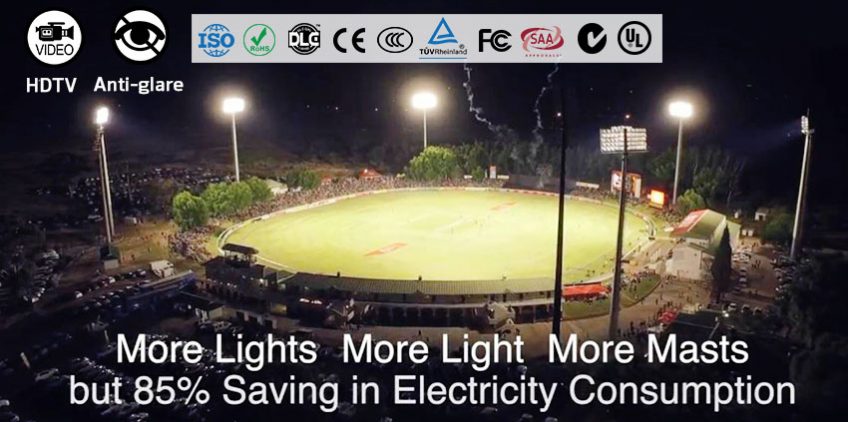
Cricket ground knowledge
The 50 years cricket stadium lighting system with high quality cricket ground lights in the best ROI floodlights for cricket ground
In cricket, a wicket – 1 chain or 22 yards (20.12 m) long and 10 feet (3 m) wide between cricket pitches with a central cricket pitch.The surface is very flat, usually covered with short grass, but the grass quickly wears off at both ends of the court during the game.
In amateur competition, artificial lanes are often used.There are plenty of concrete slabs, palm MATS covered with artificial turf, and sometimes earth covered with palm MATS to provide a sense of reality.Pitches are rare in professional cricket – they are used only for important regional exhibitions.
In the rules of cricket, very specific area lines are marked on the pitch.
The term wicket is also often used to refer to the pitch.Although technically incorrect, according to the rules of cricket (rule seven includes the difference between the pitch and rule eight wicket), the cricketers, followers and commentators insist on using it to disambiguate any possible situation.Track is another synonym.
The rectangle in the middle of the court — the space used by the court — is called the piazza.
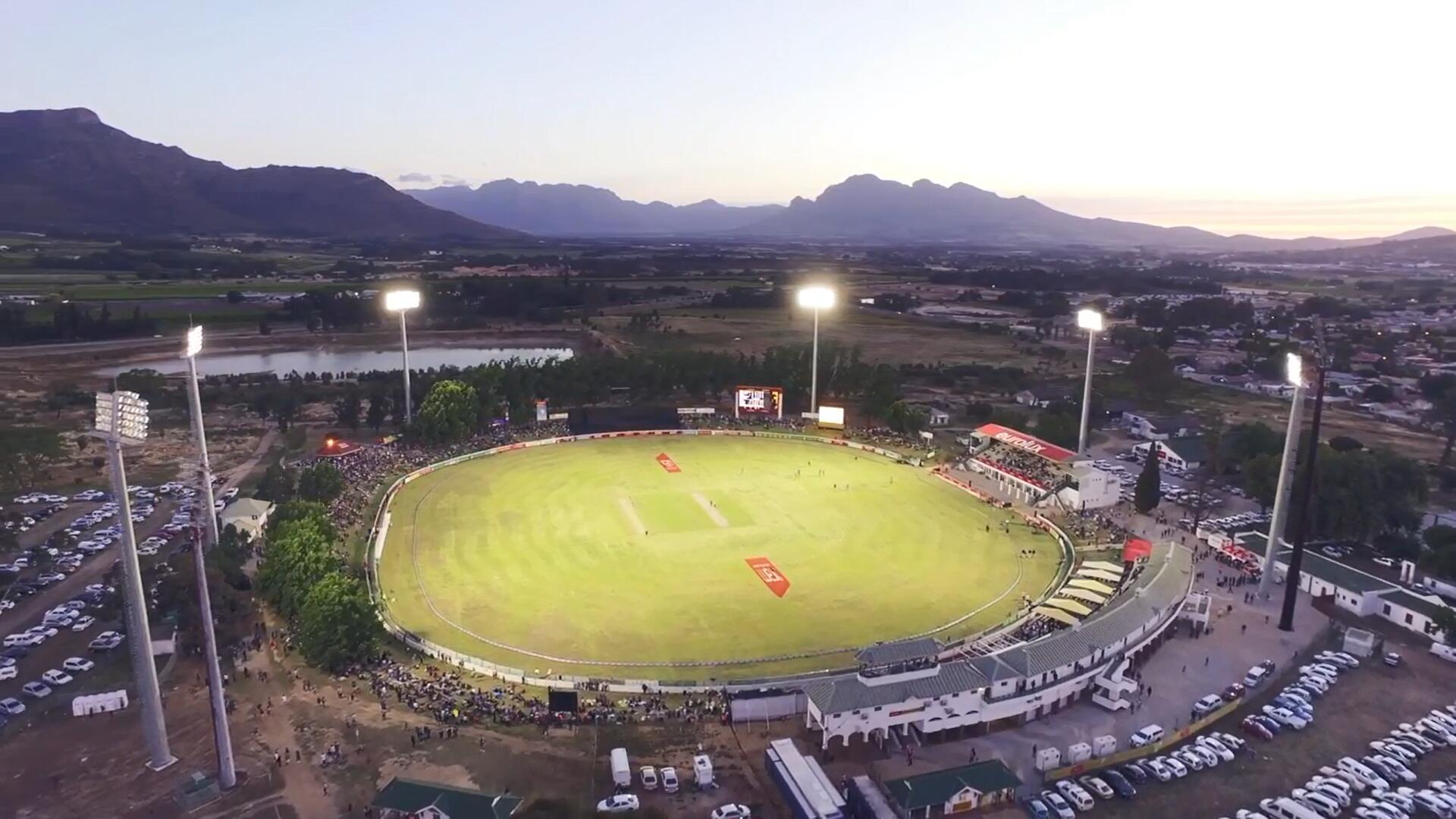
1.The reserve
In the middle of the field is a protected or danger zone — rectangular, two feet wide and five feet ahead of each pitch line.Under the rules of cricket, a bowler must in this respect avoid following up during passing.If the pitcher is running in the protected area, the referee will warn the pitcher and the captain.A second and final warning is given if the pitcher fouls again.For a third offense, the umpire will throw the pitcher out and not bat again in the inning.
The protection in the reserve is to prevent the ball from bouncing in this area, and if the field is worn or damaged, the pitcher has the potential to commit an opportunistic foul, depending on the pitcher’s footprint.This rule does not prevent a pitcher or any fielder who tries to defend in a protected area from moving, and it applies only to follow-ups after a series of hits.
Pls check the blew link to see the more detail information about Cricket ground light design:
2.National Stadium
Naturally moist long grass fairways are described as green.This helps the pitcher over the batter as the ball moves irregularly in the long or wet grass.Most clubs and community cricket grounds are what professional cricketers call green.
Wet wickets – wet pitches – cause the ball to move irregularly, especially the slower spinning ball.However, modern pitches are generally rain-proof during matches and are therefore not common in first class matches.This, however, maintains any difficult situation in the present and beyond cricket.
As the game progressed, the field dried out.The rules of cricket dictate that the pitch be watered during the match.When it dries, it’s easier to hit the ball at first because there’s no moisture.After four or five days of play, the pitch began to crack and then turned to debris and dust.Such courses are colloquially known as’ dust bowls’ or ‘minefields’.But it’s good for bowlers, especially those who are good at spinning, to get a lot of traction through the surface of the ball and keep it spinning for a long time.
When the state of the field changes and the game is one of the primary strategic considerations, it is relatively difficult for batters and hitters, and the main players of the team decide which team will bat first.
Pls check the blew link to see the more detail information about rugby field light:
3.Site coverage
The stadium needs to be protected, and the custodian has to cover it against rain.Using or not using coverings can obviously affect how the ball leaves the field, which can be controversial.Article 11 of the rules of cricket, the playing field shall not be completely covered during the duration of the match, unless otherwise stipulated or prior to the adoption of an agreement.If possible, keep the pitch dry even if the pitch is playing in bad weather.If the field is covered overnight, the cover should be removed early in the morning before the game.If used daily only for protection against inclement weather or in the event of a delay in such weather it should be removed at night, the sooner conditions permit, the better.A machine used to remove excess water on or off the site is called a suction machine.
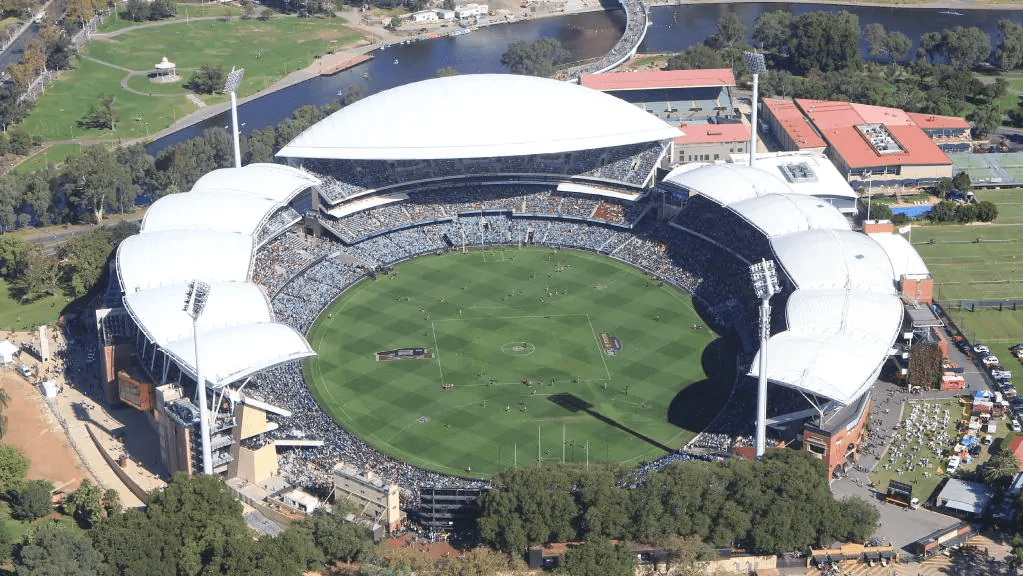
4.Throw the ball pitch
During the match, the batting captain may require no more than 7 minutes of rotation prior to the start of each game (except for the first game of the game and prior to the start of the next few days of the game).In addition, if there is a delay in kick-off after the throw and in the first inning before the game, the batting side may request a spin toss of not more than 7 minutes, unless the referee agrees, and the delay does not have a significant impact on the condition of the court.Once the game has started, this throwing doesn’t happen in this situation.If more than one swing is available, the batting captain should have a choice.There are detailed rules to ensure that the throwing is feasible so as not to delay the game, but if necessary, the game is delayed and the batting captain is allowed seven minutes to throw the ball.
Pls check the blew link to see the more detail information about baseball field light:
5.Hole and foothold
The umpire must ensure that the bowler’s ‘and batter’s’ holes are cleaned out for match purposes.In more than one day of play, if necessary, bowlers reset the hole or use quick-setting filler covers in the throw stride to ensure their safety.Players can also use wood chips to hold their ground in case of damage to the pitch, but this is sometimes considered unfair to other teams.
Pls check the blew link to see the product detail information:
6.Practice on the ground
It is stipulated that no player may practice pitching or hitting on the field or in a place parallel to the field on any given day.Practice may take place before or after the start of a match on another venue, but must be stopped 30 minutes before the scheduled match or when the venue surface is damaged.
Usually the players practice in the outfield, but not during the cricket match, and sometimes the bowlers practice during the run time.However, if time is wasted, it is not allowed to try to practice and run in the race.The rules governing the practice of the pitch are explained in rule 17 of the cricket code.
7.Typical grounds
Courses in different parts of the world have different characteristics.The original stadium plays a very important role in the game: it may have a significant impact on the selection of teams and so on.A prime spot for a spirler is the Indian subcontinent, where dry pitches help bowlers (especially for a five-day tournament) but springy ones like Australia’s favour attacking speed.
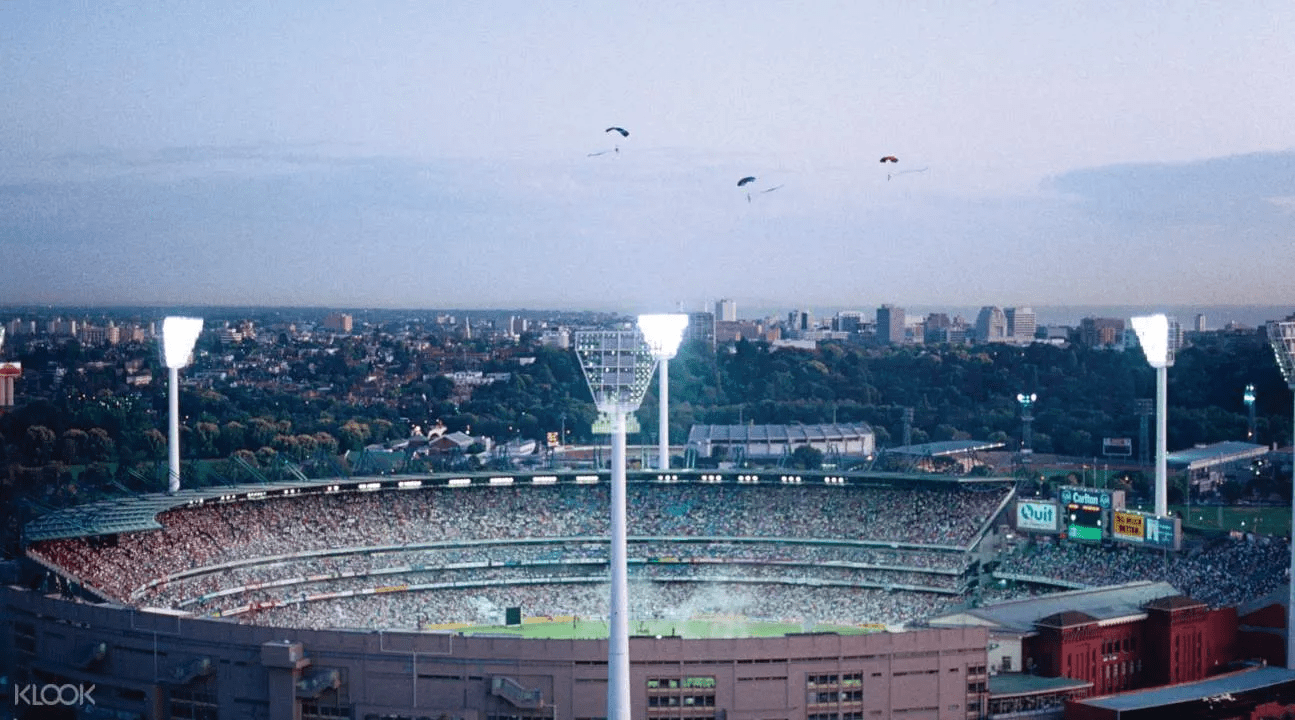
7.1. Australia Stadium
Australia has always been known as the best pitch for fast bowling because it generates bounce times from the ground.In particular, the Western Australia Cricket Ground in Perth is seen as possibly the fastest in the world.Brisbane’s Gaba is also known as the place to help the bowler bounce back quickly.However, these kinds of elastic courses also promote the development of more scoring runs such as pull, hook and tackle.There are plenty of successful examples of batters hitting well in the field.
Other stadiums like the Adelaide Oval and The Sydney Cricket ground are conducive to spinning bowling and are covered in dust.This made the stadium floor frictional, allowing teams to average more than 300 runs in the first innings.The Melbourne Cricket ground initially helps the stitched bowler, but it has a tennis bounce that can render the bowler ineffective during play.
Spin pitching became a “weapon” in Australia, but unlike in Britain, it depended on other conditions, similar to the Indian subcontinent.
Hitting the ball is easiest in Australia.Most reserve players tend to do well.The only difficulty: at WACA and THE MCG, the ball bounces irregularly (visitors experience the Australian home team’s disastrous game).
Pls check the blew link to see the product detail information:
7.2. The England and Wales stadium
Green and wet is the state of the English pitch.At the beginning of the season, most batters must be wary of the weather at home.In the summer, the course tends to harden and lose its original appearance.It will be easier for batters and those who really like the range of fast pitches (130-150 km/h).The spin bowlers proved less effective in the first half of the season and tended to play their part only in the second half.A damp, slightly dusty ground is ideal for 50 rounds of the old ball.Andrew Flynn used it in England’s Ashes cricket matches in 2005 and 2009.Of all the fields, the oval is the most dangerous because the ball has the biggest backswing. Another reason is that it traditionally hosts the last summer touring international championships.In the past few years, few of the leading cricketers have come from England;Until recently the most successful left-arm spinner, Monty Montepanisa, and right-arm spinner Graeme Swann, are currently among the top spinner in international competition.This was due to a lack of practice on the court.England are famous for producing some decent pitching.As of 2010, it currently includes James Anderson and Ryan Sedebotm. England is the hub for a great deal of research into the preparation of cricket pitches, and some outstanding recent research by Cranfield University has also laid down guidelines for the preparation of new pitches and has the potential to increase the number of custodians.
Pls check the blew link to see the more detail information about football field light:
8.The importance of cricket ground lighting systems
An exciting cricket match cannot be played without a good set of cricket ground lights.Cricket ground lighting is a functional, technical and relatively difficult cricket ground lights design.Not only did cricket meet the standards of the many levels of play, it also had to pay close attention to the practical effects of live colour television.In order to ensure the vividness and vividness of the relayed images and the authenticity of the colors, there are corresponding regulations on the indicators such as vertical cricket ground lights illumination, illumination intensity uniformity, spatial stereoscopic perception, color temperature of the cricket ground light source and color rendering index. The cricket ground lighting standards of different levels of cricket pitches are different.
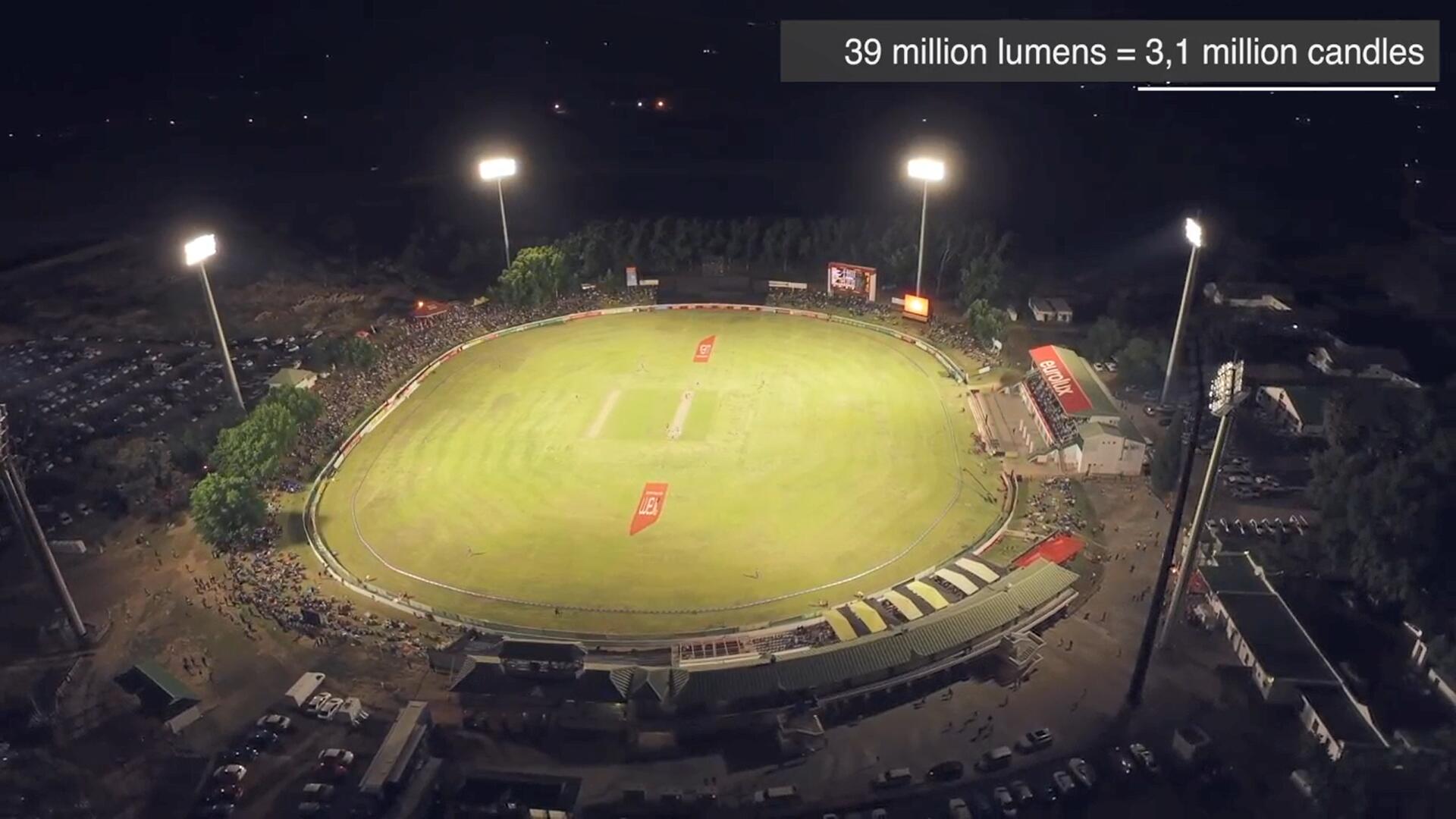
Green Light LED cricket ground light professional in this industry for more than 10 years, product advantages prominent as follows:
● Born for the senior stadium.
● New cricket stadium light trend.
● Professional design team serve for cricket ground lighting system.
● The best supplier of cost saving to build the cricket ground lighting system.
● The best choice of the 50 years lifespan cricket ground lighting.
● Air convection design with patented technology special cricket ground light.
● Military phase change heat dissipation technology.
● Secondary optical precision projection.
● One-stop design and procurement for cricket ground light system services.
● The best choice to win the cricket ground light design bid projects.
If you have detailed project information needing cricket ground light, you can contact our design team immediately to get the cost plan of cricket ground light system. [email protected].
